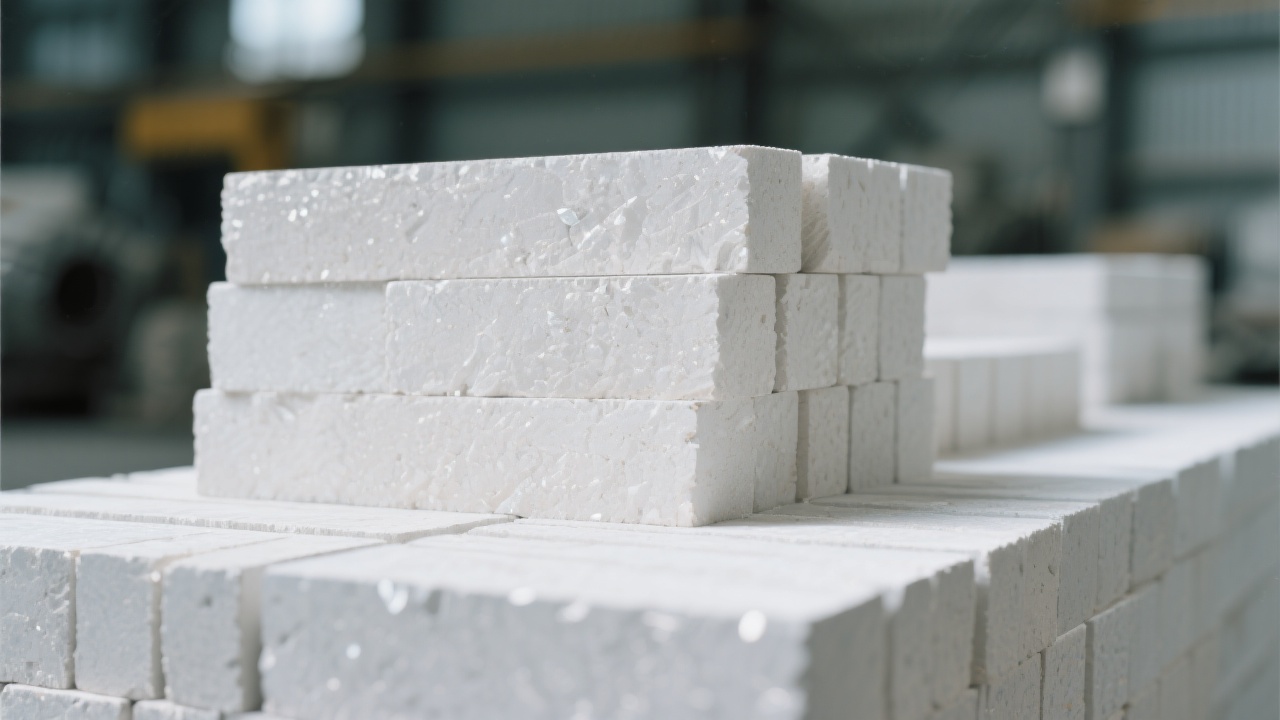In the challenging environment of cement rotary kiln transition zones, refractory lining faces a double threat: severe temperature fluctuations often exceeding 1500°C and aggressive chemical corrosion from clinker components. For years, many cement manufacturers grappled with frequent brick spalling, reduced maintenance intervals, and costly downtime. However, magnesia-alumina spinel refractory bricks have emerged as a robust solution specifically designed to meet these harsh conditions by combining exceptional thermal shock resistance with mechanical strength retention.
The transition zone of a rotary kiln is notorious for its unstable thermal environment. Temperatures here can swing rapidly due to fluctuating fuel combustion and altered clinker layers, often varying by 200-300°C within short periods. Such thermal shocks induce stresses that degrade ordinary refractory bricks, causing cracks and volume changes. On top of that, chemical attacks from molten phases rich in alkalis and alkali earth compounds accelerate corrosion.
Conventional fireclay or basic bricks typically fail after 6 to 12 months in these zones. The challenge lies in designing a refractory capable of withstanding thermal shock while maintaining dimensional stability—traits strongly linked to the microstructural characteristics of the material.
Magnesia-alumina spinel (MgAl2O4) refractory bricks embody a unique microstructure where spinel crystals are interspersed within a magnesia matrix, enhancing both mechanical integrity and thermal shock resistance. This composite microstructure reduces crack propagation and volume dilation under rapid temperature changes. Furthermore, the chemical stability of spinel phases offers superior resistance to alkaline slag and molten phases common in cement clinker.
| Property | Magnesia-Alumina Spinel Brick | Conventional Magnesia Brick |
|---|---|---|
| Thermal Shock Resistance (Cycles to failure) | > 40 | 15 - 20 |
| Mechanical Strength Retention at 1500°C (%) | > 85% | ~ 65% |
| Volume Stability under Thermal Cycling (%) | < 0.3% | > 0.8% |
| Corrosion Resistance | Excellent | Moderate |
The data above illustrates the clear advantage of magnesia-alumina spinel bricks over traditional magnesia bricks. While the upfront cost may be marginally higher, the durability and reliability gains translate into substantial savings through less frequent maintenance and reduced downtime.
One leading cement manufacturer in Southeast Asia recently replaced their transition zone lining with magnesia-alumina spinel bricks after suffering repeated failures. Before retrofit, their maintenance intervals averaged 8 months due to severe spalling and clinker adhesion issues. Post-installation, the plant experienced:
The microstructural robustness of the spinel bricks prevented the development of micro-cracks under rapid heating and cooling cycles, a frequent problem with former fireclay linings. Additionally, the chemical resistance minimized corrosive wear from clinker melts, enabling the kiln to maintain a stable lining profile and enhancing production continuity.

According to ASTM C199 testing protocols, these spinel bricks demonstrate a thermal shock coefficient exceeding 0.15 MPa·m0.5·s0.5, placing them among the elite class of refractory materials for high-temperature operations. Furthermore, compliance with ISO 14001 environmental management standards assures low ecological impact during production and disposal phases.
"The challenge with the kiln transition zone is balancing thermal performance and chemical resistance. Magnesia-alumina spinel bricks, thanks to their unique crystalline synergy, provide a breakthrough in extending service life and reliability." — Senior Materials Engineer, Refractory Solutions Inc.
From an operational perspective, selecting the right refractory material directly influences cement production efficiency and maintenance economics. Magnesia-alumina spinel bricks deliver tangible benefits:
Given these advantages, many cement plants find that investing in magnesia-alumina spinel refractory bricks not only improves kiln lifespan but also optimizes life-cycle costs. As a result, this material has become a preferred choice among progressive cement producers worldwide.
Discover how magnesia-alumina spinel bricks can reduce downtime and maintenance costs in your production line.


